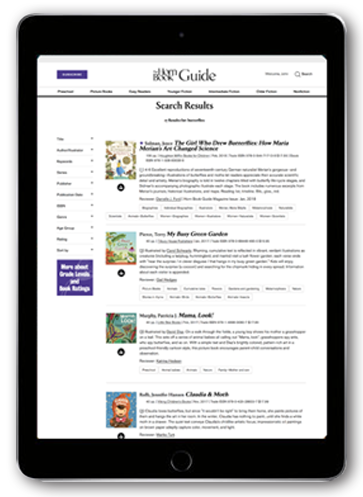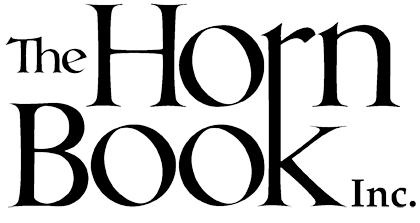Very Important People
2 Reviews
(3)
4-6
Very Important People series.
Illustrated by
Jen Bricking.
Accompanied by frequent blue- and gray-tone illustrations, this accessible biography covers a lot of ground, beginning with Jemison's childhood dream of becoming a scientist and the lack of support for a Black girl in the 1960s to even consider that dream. Jemison was "the first woman of color anywhere in the world to be chosen to be an astronaut," and, throughout her life, her belief in her abilities helped her persevere despite others' prejudice. Sidebars expand on topics in the text (e.g., "10 things women couldn't do in the 1960s and 1970s," "Important Civil Rights Protests," space shuttle facts) and introduce notable figures (Sally Ride, "The First Black Astronauts"). Back matter includes two timelines (Jemison's and "Women in Spaceflight"), brief bios of four African American women in STEM, a bibliography, and a reading list.
Reviewer: Kitty Flynn
(3)
4-6
Very Important People series.
Illustrated by
Daniel Duncan.
In seven chapters geared toward third and fourth graders, Patrick discusses engineer and inventor Latimer's life and work. Born in 1848 to fugitive slaves in Chelsea, Massachusetts, Latimer's remarkable career included work for Alexander Graham Bell and (indirectly) Thomas Edison. Inviting illustrations in blue and gray tones help break up the readable text. Frequent sidebars elaborate on topics in the main text (patents, the Industrial Revolution) and introduce Lewis's contemporaries (Booker T. Washington; "Other Nineteenth-Century Inventors"). The book ends with a list of Lewis's patents, a timeline, brief bios of four modern-day African American inventors, and an extensive bibliography.
Reviewer: Kitty Flynn
2 reviews
We are currently offering this content for free. Sign up now to activate your personal profile, where you can save articles for future viewing.




